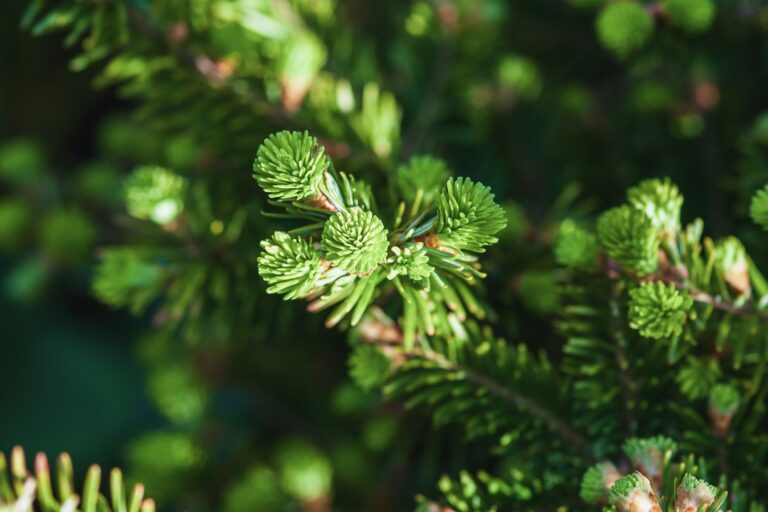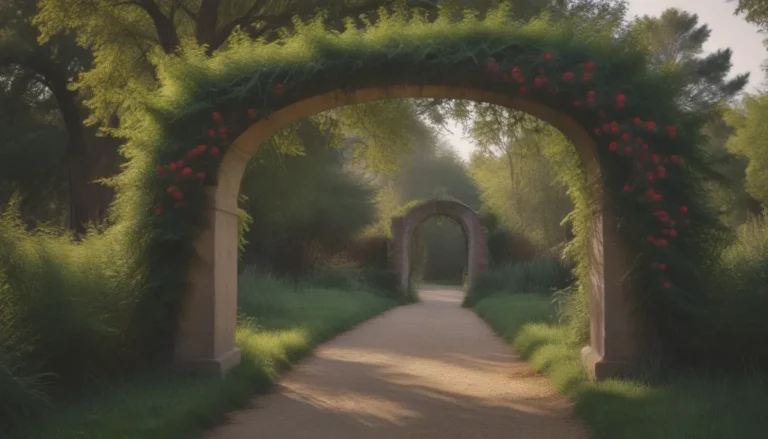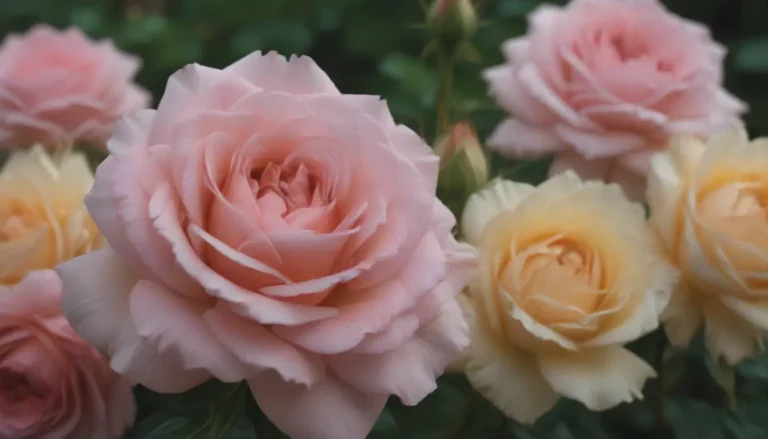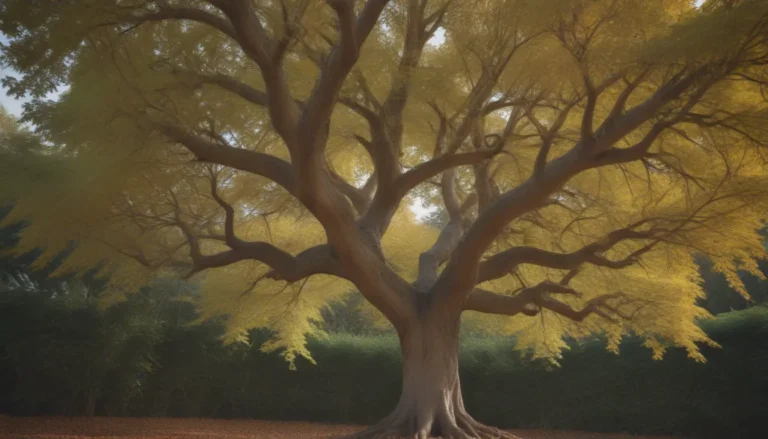Understanding and Caring for May Night Salvia
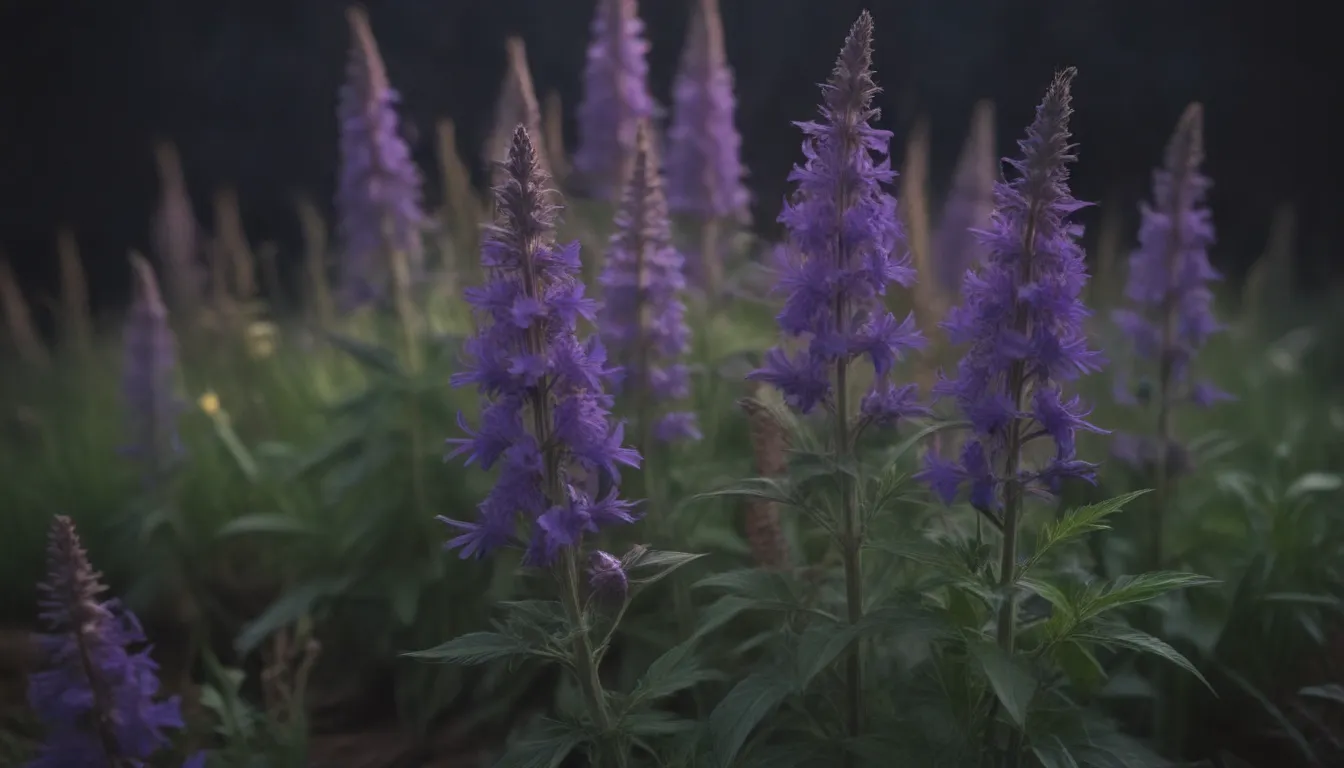
If you’re looking to add a beautiful, fast-growing perennial to your garden that attracts butterflies, hummingbirds, and bees, May Night Salvia might be the perfect choice for you. Also known as meadow sage, this cultivar of salvia is easy to grow and maintain, making it a favorite among gardeners.
What is May Night Salvia?
May Night Salvia, scientifically known as Salvia ‘May Night,’ is a stunning plant with upright growth and vibrant purple-blue flowers. This plant thrives in full sunlight and well-draining acidic soil, making it adaptable to a variety of growing conditions. While it can withstand dry spells, it prefers cooler temperatures to maintain its colorful blooms.
May Night Salvia Care Guide
Taking care of your May Night Salvia is essential to ensure it thrives and produces an abundance of blooms. Here are some key care requirements to keep in mind:
Light
- Grow in Full Sun: Plant your May Night Salvia in an area that receives full sun, ideally facing south to maximize sunlight exposure.
- Sunlight Requirements: Ensure your plant gets at least six hours of sunlight each day to promote healthy growth and blooming.
Soil
- Well-Draining Soil: May Night Salvia requires soil that drains well to prevent waterlogging and root rot.
- Adding Sand: Adding sand to the soil can improve drainage and create a suitable environment for your plant to grow.
Water
- Moderate Watering: While May Night Salvia is drought-tolerant once established, young plants need about an inch of water per week, including rainfall.
- Watering Tip: Check the moisture level of the soil regularly and adjust your watering schedule accordingly.
Temperature and Humidity
- Growing Zones: May Night Salvia thrives in USDA planting zones 4-8.
- Temperature Preferences: This plant prefers cooler temperatures and may struggle in high humidity conditions.
- Fertilizer: May Night Salvia requires little to no fertilizer, making it a low-maintenance plant for your garden.
- After Bloom Feeding: If you choose to fertilize your plant, do so after the blooming season to support its growth.
Types of May Night Salvia
- Salvia argentea
- Salvia divinorum
- Salvia splendens
Pruning and Propagating May Night Salvia
Pruning and propagating your May Night Salvia are essential tasks to ensure the health and longevity of your plant. Here are some tips for pruning and propagating:
Pruning
- Older Plant Care: Prune older May Night Salvia plants to encourage new growth and maintain their shape.
- Woody Stems: Watch for woody stems as the plant ages, and trim them back to promote healthy growth.
Propagating
- Stem Cuttings: Easily propagate May Night Salvia using stem cuttings in water, soil, or compost.
- Simple Steps: Follow a few simple steps to propagate your plant and create new growth opportunities.
Growing May Night Salvia From Seed
- Seed Germination: Growing May Night Salvia from seeds eliminates the need for transplanting and allows for seamless growth from the start.
- Seed Planting: Follow specific guidelines for planting and nurturing your seeds to ensure successful growth.
Potting, Repotting, and Overwintering
Proper potting, repotting, and overwintering techniques are crucial for the long-term health of your May Night Salvia. Here are some guidelines for potting and overwintering your plant:
Potting and Repotting
- Container Gardening: May Night Salvia thrives in containers but requires adequate pot size for optimal growth.
- Drainage Considerations: Ensure your pots have proper drainage to prevent waterlogged soil and root rot.
- Gravel/Mulch Mix: Incorporate a gravel or mulch mixture into your soil for improved drainage and moisture retention.
Overwintering
- Container Plants: Bring container plants indoors during winter to protect them from harsh weather conditions.
- Ground Plants: In-ground plants in suitable hardiness zones can benefit from mulching and protective measures for winter survival.
Common Pests and Plant Diseases
May Night Salvia may be susceptible to certain pests and diseases that can impact its growth and appearance. Here’s how to address common issues:
Pests
- Scale Insects
- Leafhoppers
- Spider Mites
- Aphids
- Whiteflies
- Neem Oil Treatment: Use neem oil for organic pest control to address pest infestations and protect your plant’s health.
Diseases
- Stem and Root Rot
- Powdery Mildew
- Botrytis Blight
- Preventative Measures: Ensure proper soil drainage and air circulation to minimize the risk of fungal infections.
Blooming and Maintenance Tips
May Night Salvia is prized for its long blooming period and low maintenance requirements. Here are some tips for promoting blooming and maintaining your plant:
- Bloom Months: Enjoy May Night Salvia’s blooms from May through June, with the potential for summer-long flowering with deadheading.
- Flower Characteristics: May Night Salvia features tall spikes with deep blue-violet flowers and a subtle fragrance.
- Deadheading: Remove spent blooms to encourage continuous flowering throughout the summer.
Troubleshooting Common Issues
Despite its hardy nature, May Night Salvia may encounter some common problems that can affect its appearance and growth. Here are two main issues to watch for:
Legginess and Flopping Over
- Causes: Leggy or floppy growth can result from various factors, including inadequate sunlight, overwatering, or nutrient deficiencies.
- Preventive Measures: Address underlying issues promptly to prevent legginess and promote healthy growth.
Leaf Damage and Discoloration
- Common Pests: Foliar nematodes, leafhoppers, scale insects, whiteflies, and spider mites can damage May Night Salvia leaves.
- Identification and Treatment: Recognize signs of pest infestations early and use appropriate treatments to protect your plant.
In conclusion, May Night Salvia is a versatile and vibrant plant that can enhance your garden with its striking blooms and low maintenance needs. By following these care guidelines and troubleshooting tips, you can ensure that your May Night Salvia thrives and brings beauty to your outdoor space year after year.
